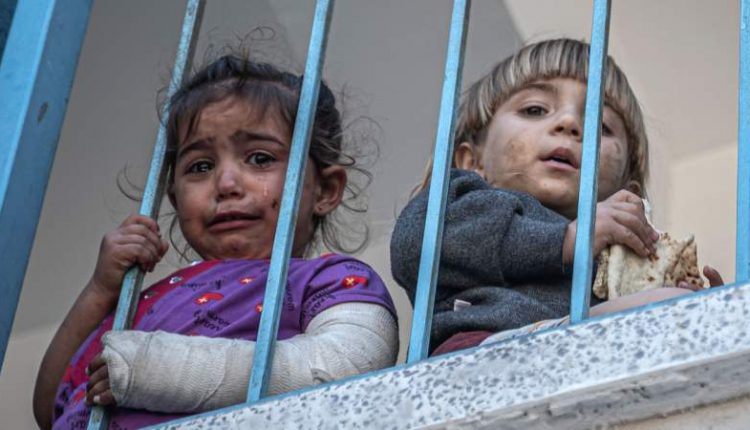Save the Children: 80% of Gaza Children Suffer Depression, Fear
According to a report published by Save the Children, fifteen years of the Israeli blockade have caused four out of five children in the Gaza Strip to suffer from depression, sadness and fear.
The UK-based organization said in a report, entitled “Trapped”, that it interviewed 488 children and 168 parents and caregivers in the Gaza Strip, five years after similar research was conducted by the organization.
The report said there was a significant increase in the number of children who reported feeling fearful, nervous, sadness or depression, and grief.
Save the Children also reported that more than half of Gaza’s children thought about suicide, and three out of five self-harm.
The “Trapped” report shows that the Israeli blockade of Gaza has caused physical harm, economic deprivation, a lack of access to basic services such as health care, and a mental health crisis for children and youth.
The Zionist entity has imposed a tight land, sea and air blockade on Gaza since Hamas took control of the impoverished enclave in 2007, half of whose residents are unemployed, mostly young people.
The blockade includes preventing or rationing the entry of fuel, electricity and many commodities, including vinegar, biscuits, poultry, and meat, as well as banning fishing in the depths of the sea, and closing the crossings between the Gaza Strip and Israel.
“Children we spoke to during the preparation of this report described their feelings as a constant state of fear, anxiety and sadness,” said Jason Lee, director of the organization in the Palestinian territories.
According to the director of the organization, they also suffer from “an inability to sleep and focus and wait for a new round of violence to break out.”
In a press release, he cited “physical evidence of their plight, such as involuntary urination, loss of the ability to speak, or the performance of basic tasks.”
The evidence is “shocking and should serve as a wake-up call to the international community,” Lee said.
The organization said that children made up nearly half of the Strip’s population and that the 800,000 young people in the Strip “did not live without siege”.

